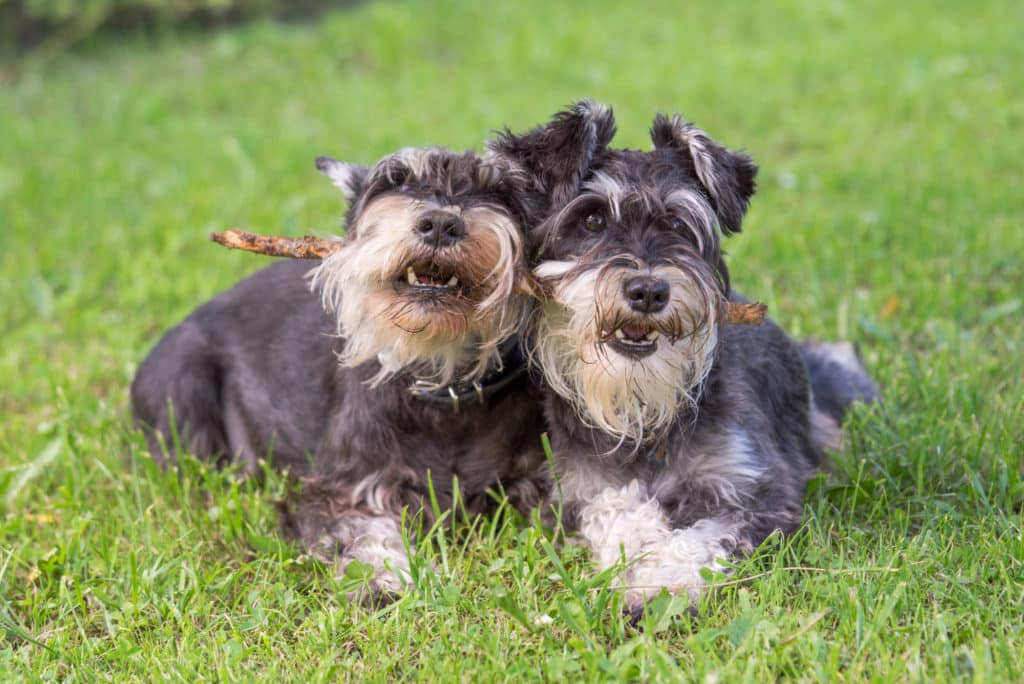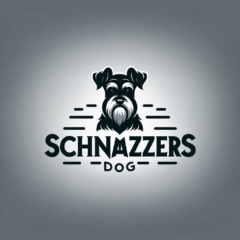- Discover the German origins of the Miniature Schnauzer breed.
- Learn about the breed’s development and purpose as a versatile farm dog.
- Explore the breed’s transition from farm life to becoming a cherished companion.
- Understand the impact of world events on the breed’s popularity and development.
- Trace the breed’s establishment and recognition in different kennel clubs.
The Miniature Schnauzer is a breed shrouded in an aura of charm and feistiness. These small, sturdy dogs with bushy beards and eyebrows are popular companions known for their lively personalities and distinctive appearance. To understand the Miniature Schnauzer origin, we must turn the pages of history back to its roots in Germany, where the story of this fascinating breed begins.
> READ MORE:
German Roots and Development
The Miniature Schnauzer, a German breed through and through, finds its lineage in the larger Standard Schnauzer and the even larger Giant Schnauzer. This trio of breeds owes their development to the common goal of creating robust working dogs suitable for a variety of tasks including guarding property, herding livestock, and ridding farms of vermin. The Miniature Schnauzer was carefully bred to be a smaller version, likely involving crosses with smaller breeds like the Affenpinscher and possibly the Poodle, to refine its features and downsize its stature.
The very first Standard Schnauzers depicted in art date back to the 15th century; however, it wasn’t until the late 19th century that efforts to create a miniature version truly took off. In the agricultural regions of Germany, especially in Bavaria and Württemberg, these dogs began to gain notoriety for their agility, intelligence, and tenacity in protecting the farm and hunting rodents.
From Farmhand to Show Dog
The Miniature Schnauzer’s versatility was a key aspect of its early popularity. Not only did these dogs serve as able assistants on the farm, but their friendly demeanor and manageable size also made them ideal companions. As the Industrial Revolution changed the landscape of Europe, many people migrated from rural areas to urban centers, and the Miniature Schnauzer’s role evolved from farmhand to that of a beloved household pet.

The breed’s intelligence and spirited character caught the attention of dog enthusiasts, who began to show an interest in refining and promoting the breed. By the early 20th century, the Miniature Schnauzer was distinguished as a separate breed from its Standard and Giant counterparts, celebrated for its unique qualities and ideal size.
World Events and Breed Popularity
The two World Wars had a profound impact on the development and distribution of the Miniature Schnauzer. As with many breeds, the turmoil of war brought challenges to breeders and put the dogs at risk. However, the breed’s resilience and endearing qualities helped it to emerge unscathed and even thrive in the post-war period.
After World War II, American soldiers stationed in Europe encountered the Miniature Schnauzer and brought many back to the United States. This introduced the breed to a wider audience and contributed to its surge in popularity. Miniature Schnauzers quickly won over American dog lovers with their hypoallergenic coats, spirited dispositions, and loyalty.
Kennel Club Recognition and Breed Standards
As the Miniature Schnauzer gained favor across continents, kennel clubs began to recognize the breed and formalize its standards. The American Kennel Club recognized the Miniature Schnauzer in 1926, categorizing it within the Terrier group. Over time, the breed standards were refined to emphasize its hallmark features: a robust body, wiry coat, and distinguished facial hair.
In Germany, where it originated, the Miniature Schnauzer is placed in the Pinscher-Schnauzer group by the FCI (Fédération Cynologique Internationale), acknowledging its pinscher heritage. Today, breed clubs around the world continue to promote the breed, ensuring that the Miniature Schnauzer’s integrity and heritage are preserved.
Modern-Day Miniature Schnauzers
Nowadays, Miniature Schnauzers are cherished both as show dogs and as family pets. Breed enthusiasts advocate for responsible breeding practices that prioritize health and temperament. The Miniature Schnauzer continues to captivate hearts worldwide, with a rich history that enhances its special place in the canine kingdom.
From their origins as German farm dogs to their current stature as endearing companions, Miniature Schnauzers’ adaptability and charm are a testament to their fascinating history. This breed’s journey from humble roots to worldwide recognition is a narrative of resilience and endearment. Unveiling the Miniature Schnauzer origin not only provides insight into their past but also enriches our understanding of these delightful dogs that we’ve come to love today.
